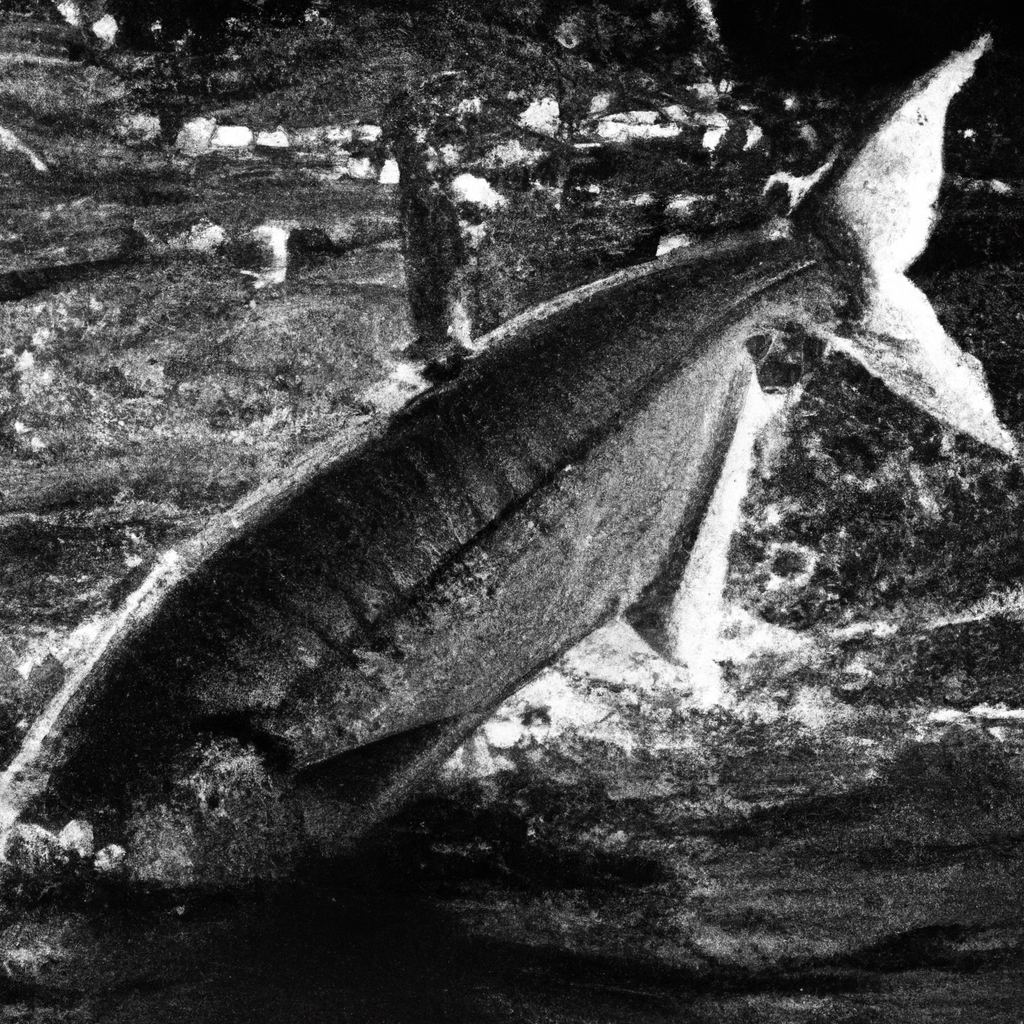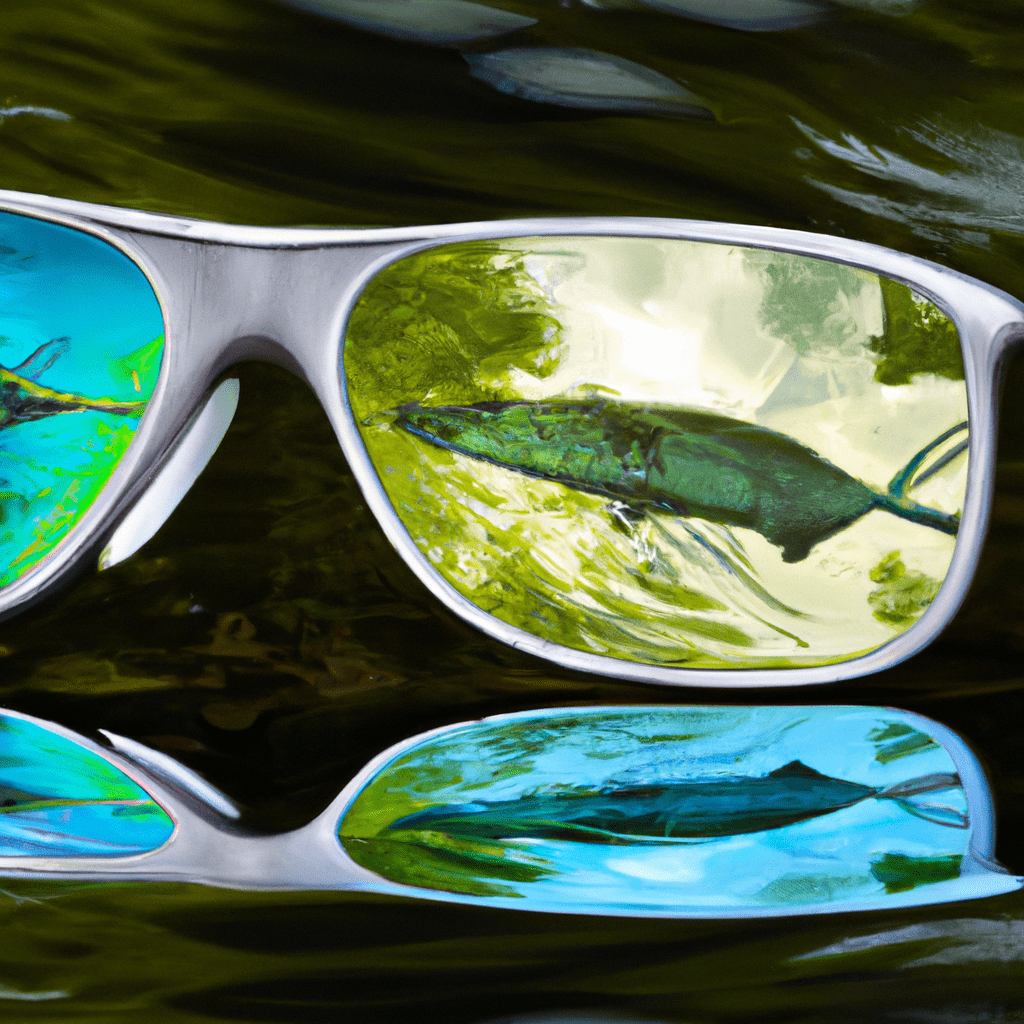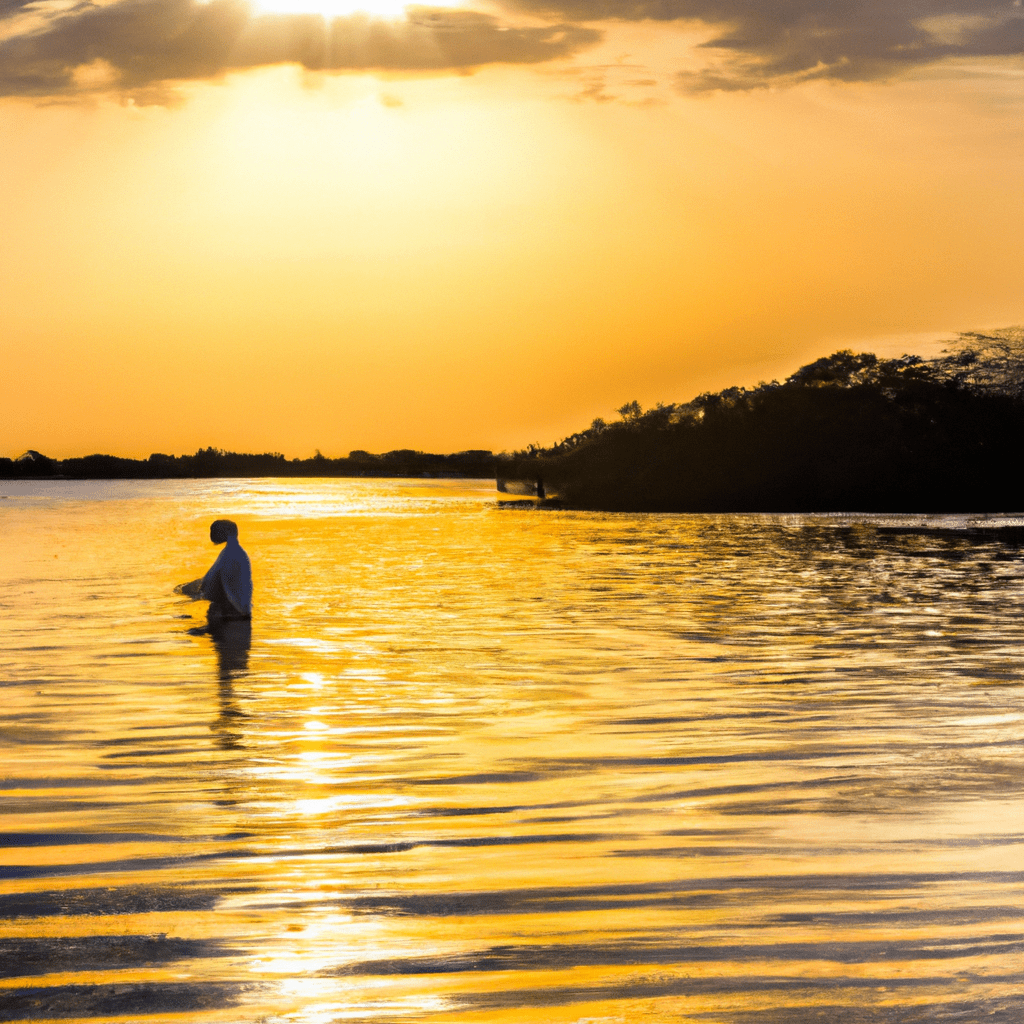So, you want to become a master at spotting tarpon, huh? Well, you’ve come to the right place. In this article, we’ll equip you with the knowledge and skills needed to spot these elusive creatures with ease.
From understanding their behavior to choosing the right equipment, and mastering the art of observation, we’ve got you covered.
Get ready to dive into the world of tarpon spotting and increase your chances of success on your next fishing adventure.
Understanding Tarpon Behavior

To spot tarpon successfully, you need to understand their behavior.
Tarpon are known for their annual migration, where they travel long distances to spawn in warm waters. During this migration, they can be found in various locations along the coastlines of Florida, the Caribbean, and other tropical regions. Understanding the timing and patterns of their migration can greatly increase your chances of spotting them.
Additionally, knowing their feeding habits is crucial. Tarpon are primarily opportunistic feeders, meaning they’ll eat a variety of prey depending on what’s available. They’re known to feed on small fish, crustaceans, and even birds. By understanding their feeding preferences and the types of prey they target, you can strategically position yourself to increase your chances of spotting these magnificent creatures in action.
Choosing the Right Spotting Equipment

When spotting tarpon, you should bring binoculars and a spotting scope, as they’re essential tools for getting a closer look at these elusive fish. Choosing the right binoculars is crucial to ensure clear and detailed vision.
Look for binoculars with a magnification power of at least 8x to 10x, as this will allow you to see the tarpon more clearly from a distance. Additionally, opt for binoculars with a larger objective lens diameter, such as 42mm, as this will gather more light and provide a brighter image.
To further enhance your visibility, it’s recommended to use polarized sunglasses. These sunglasses help reduce glare from the water’s surface, allowing you to see the tarpon more easily.
Mastering the Art of Observation

First, pay close attention to the water’s surface and look for any disturbances or movement that may indicate the presence of tarpon. To master the art of observation and improve your chances of spotting tarpon, it’s crucial to develop keen senses and enhance your focus and concentration.
Here are three key tips to help you achieve this:
- Train your eyes: Practice observing the water’s surface regularly, focusing on small details and subtle changes. This will help you quickly identify any disturbances caused by tarpon.
- Sharpen your hearing: Listen for the distinct sound of tarpon rolling or gulping air. This auditory cue can alert you to their presence, even if you can’t see them.
- Heighten your awareness: Stay fully present and engaged in your surroundings. This will enable you to notice the smallest movements or changes in the water, ensuring you don’t miss any tarpon opportunities.
Identifying Tarpon Movements and Patterns

Keep an eye out for tarpon swimming in schools or making sudden turns, as these movements can indicate specific patterns and behaviors. Understanding the movements and patterns of tarpon is crucial for successful fishing. Tarpon migration is one of the key factors to consider. These majestic fish migrate along the coastlines, following warmer waters and seeking ideal feeding grounds. They often move in large schools, providing an excellent opportunity for anglers. Tarpon feeding habits also play a significant role in their movements. They are known for their ability to detect prey using their keen senses, such as their lateral line and excellent vision. Observing their feeding patterns can help you predict where they will be at a particular time.
| Movement | Indication |
|---|---|
| Swimming in schools | Migration or feeding |
| Making sudden turns | Change in direction or targeting prey |
Tips for Spotting Tarpon in Different Fishing Environments

To effectively spot tarpon in different fishing environments, you should actively scan the water and use polarized sunglasses. Tarpon are known for their silver scales and large size, making them easily visible in the water.
Here are some tips to help you spot tarpon in various fishing environments:
- Look for signs of tarpon migration: Tarpon tend to migrate to warmer waters during certain times of the year. By understanding their migration patterns, you can increase your chances of spotting them in specific locations.
- Pay attention to the time of day: Tarpon are more active during dawn and dusk when they’re feeding. This is often the best time to spot them as they move closer to the surface.
- Use polarized sunglasses: Polarized sunglasses reduce glare and allow you to see beneath the surface of the water. This can help you spot tarpon swimming or rolling near the surface.
Frequently Asked Questions
What Are the Best Times of Day to Spot Tarpon?
The best times of day to spot tarpon are early morning or late afternoon. Common mistakes include not being patient and not scanning the water carefully. Spotting tarpon requires keen observation skills and knowledge of their behavior.
How Can I Tell the Difference Between a Tarpon and Other Fish Species?
To spot tarpon and distinguish them from other fish species, look for their iconic silver scales, massive size, and distinct dorsal fin. These features make tarpon stand out like a shining beacon amidst the underwater world.
Are There Any Specific Weather Conditions That Make Tarpon Easier to Spot?
In order to spot tarpon more easily, you should pay attention to specific weather conditions. Understanding how different water conditions affect tarpon spotting is crucial for success in this endeavor.
Can I Use Binoculars or Spotting Scopes to Enhance My Tarpon Spotting Abilities?
Yes, you can use binoculars or spotting scopes to enhance your tarpon spotting abilities. These technologies allow you to see the fish more clearly and from a greater distance, increasing your chances of success. Additionally, drones can be effective for tarpon spotting.
Are There Any Specific Techniques or Tricks for Spotting Tarpon in Murky or Cloudy Water?
Spotting tarpon in murky or cloudy water can be challenging. However, there are techniques and strategies that can help. Use your knowledge of their behavior and look for disturbances or shadows to increase your chances of success.

